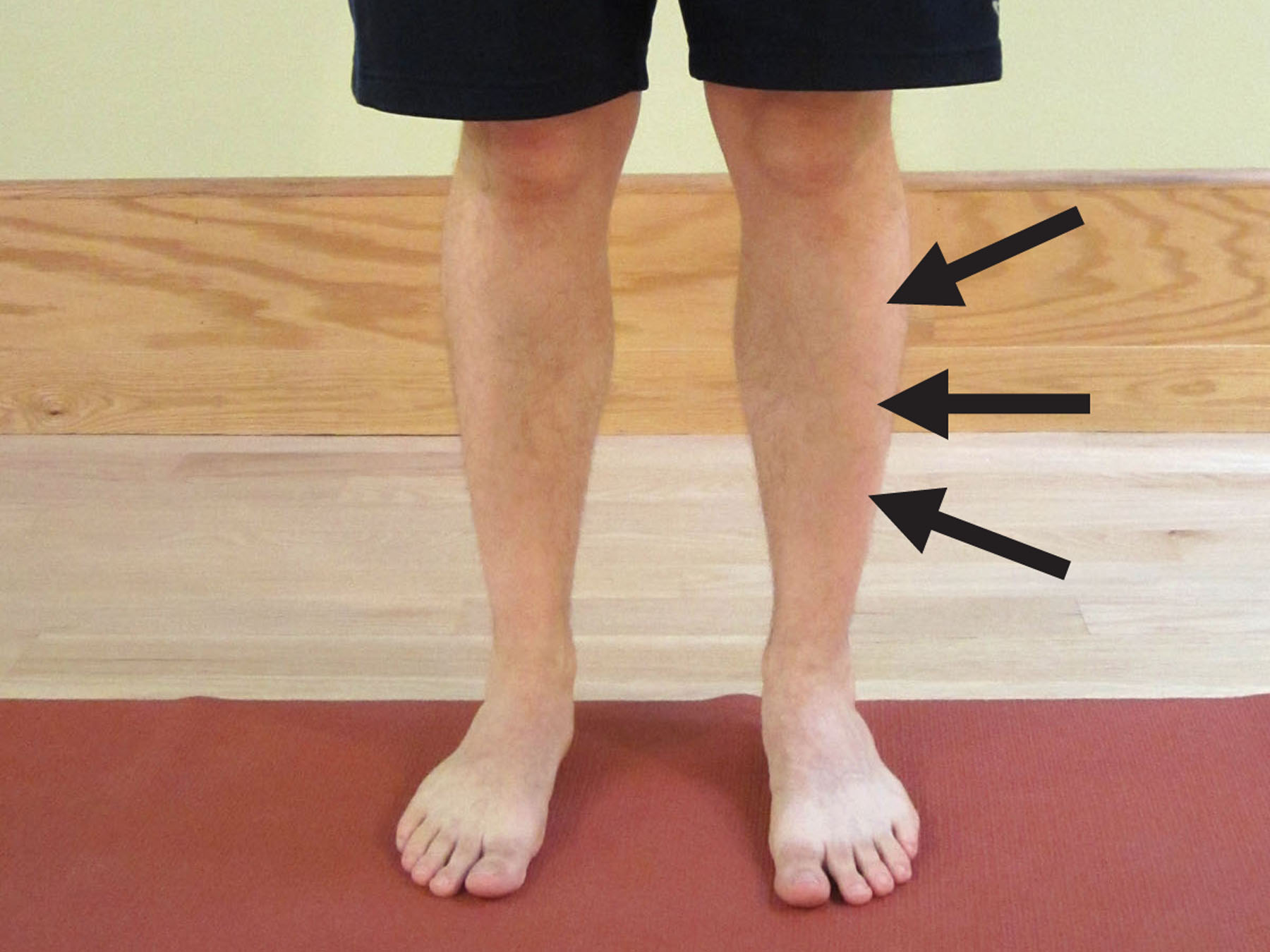Shin splints pain lower anterior prevent treat tibia leg front bone shinny compartment self arrows syndrome awful should its treatment
Shin splints can sometimes be a frustrating problem for runners, regardless of their race or ethnicity. These painful sensations can really put a damper on your training and enjoyment of the sport. However, there are steps you can take to prevent shin splints and keep yourself on the track towards your fitness goals.
Take it Slow

One of the most important things you can do to prevent shin splints is to gradually increase your running distance and intensity. Avoid sudden jumps in either of these factors, as it puts excessive stress on your shins. Instead, aim for a gradual increase of no more than 10% per week. This will give your body time to adapt and strengthen the muscles and bones in your lower legs.
Invest in Proper Footwear

Another key factor in preventing shin splints is wearing the right shoes. Make sure you invest in a pair of running shoes that provide proper support and cushioning. Avoid old, worn-out shoes that no longer offer adequate shock absorption. It might be beneficial to visit a specialty running store and get fitted for shoes that match your specific foot shape and running style.
Warm-Up and Cool Down
Before embarking on your run, take the time to warm up properly. A warm-up routine should include light jogging or brisk walking followed by dynamic stretching exercises for your lower legs and calves. After your run, be sure to cool down with some gentle stretching and foam rolling to relieve any muscle tightness or tension.
Strengthen Your Lower Legs
Incorporating lower leg strengthening exercises into your training routine can also help prevent shin splints. Toe raises, ankle circles, and resistance band exercises that target your calves and shins are all great options. Additionally, regular strength training for your legs, hips, and core can improve overall running mechanics and reduce the impact on your shins.
Listen to Your Body
It's crucial to pay attention to any early signs of shin splints or discomfort. If you start feeling pain in your shins during or after a run, don't ignore it. Take a break from running and give your body time to recover. You can cross-train with low-impact exercises like cycling or swimming to maintain your cardiovascular fitness while giving your shins a chance to heal.
Be Mindful of Running Surfaces
The surface you choose to run on can also impact your risk of developing shin splints. Whenever possible, opt for softer surfaces like grass or dirt trails rather than concrete or asphalt. Running on uneven terrain can also improve the strength and stability of your lower legs, reducing the likelihood of shin splints.
Conclusion
By following these simple tips, you can significantly reduce your risk of developing shin splints. Remember to take it slow, invest in proper footwear, warm up and cool down, strengthen your lower legs, listen to your body, and choose your running surfaces wisely. With these preventive measures in place, you'll be able to enjoy your runs pain-free and without any unnecessary injuries.